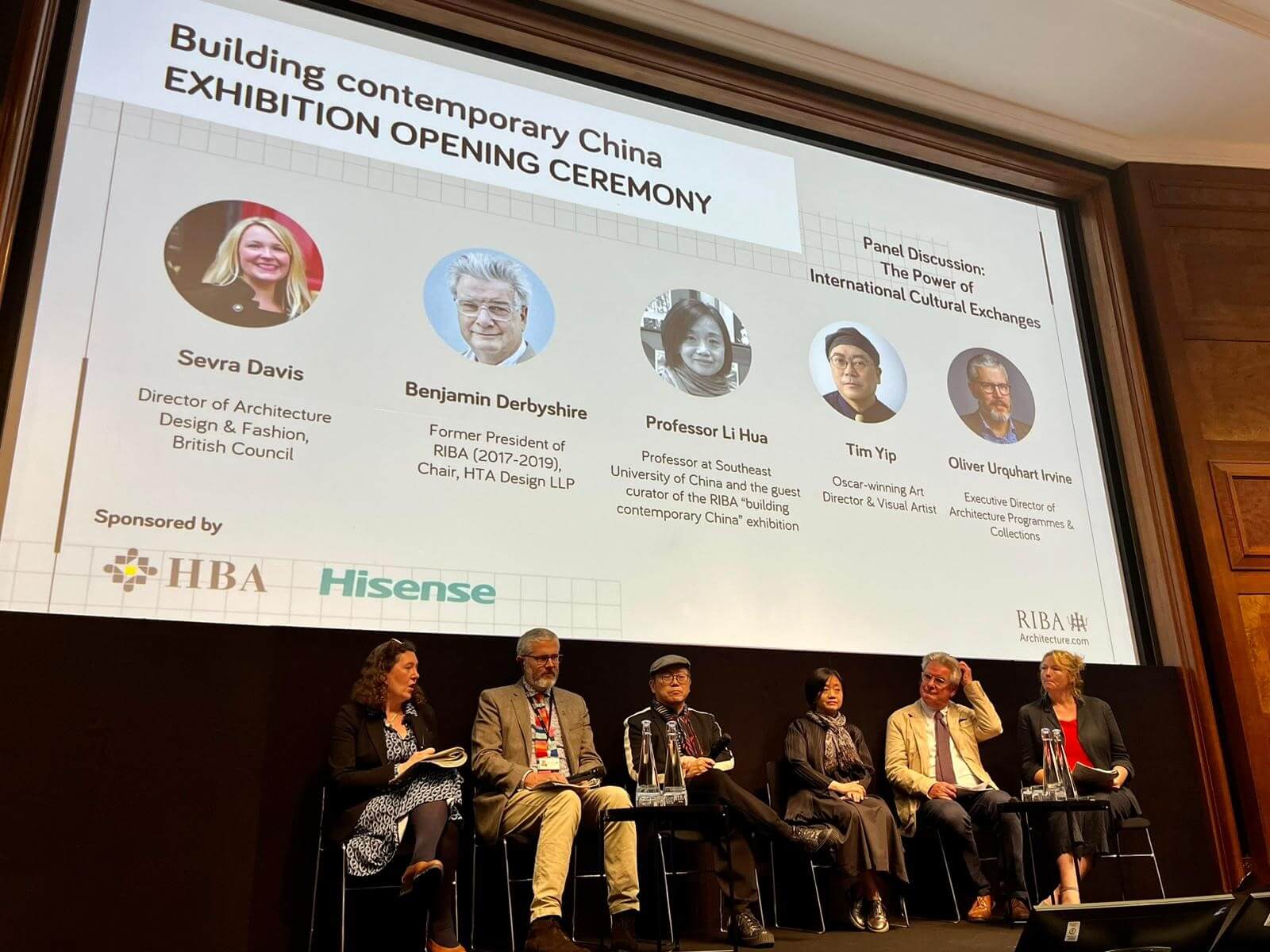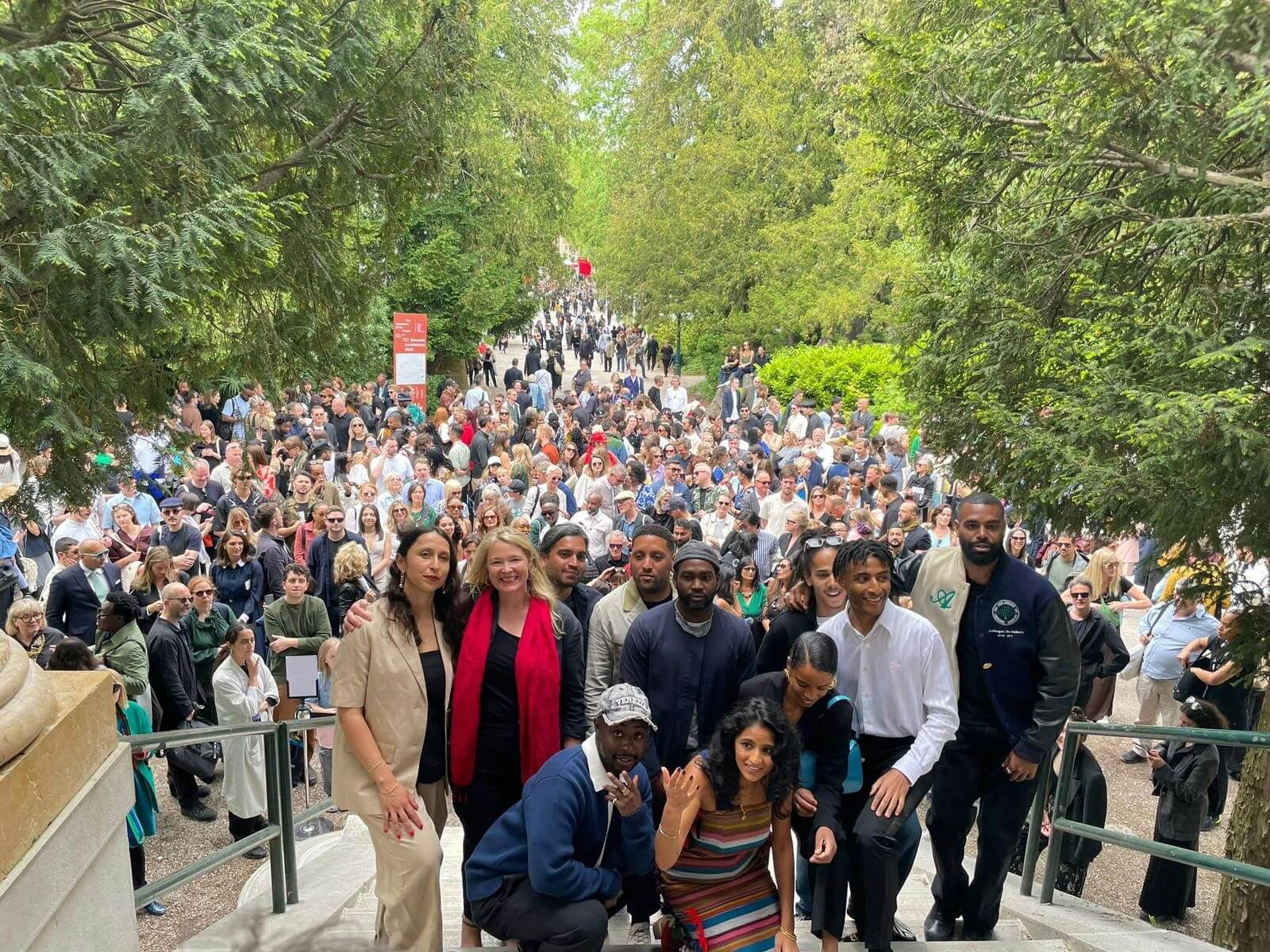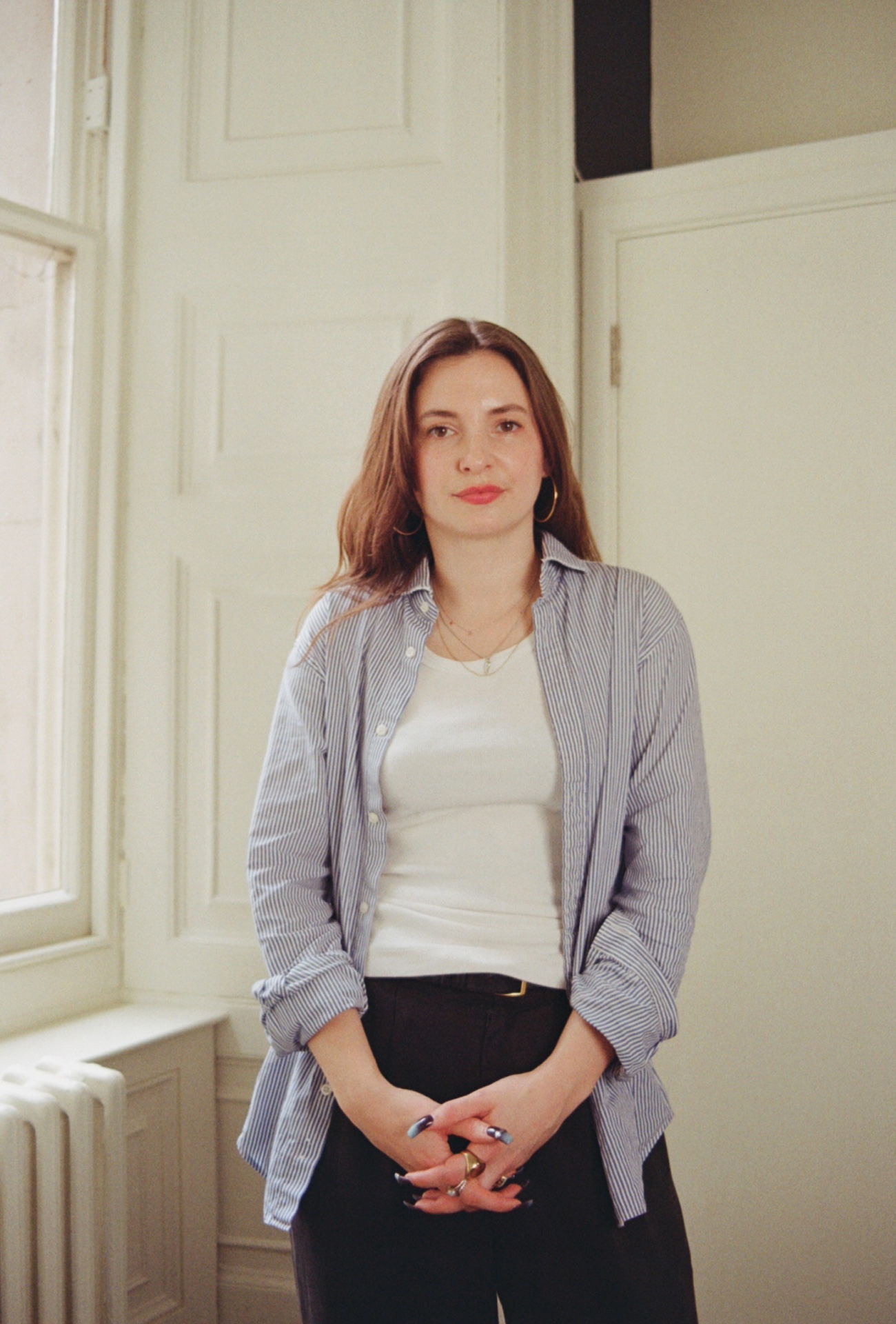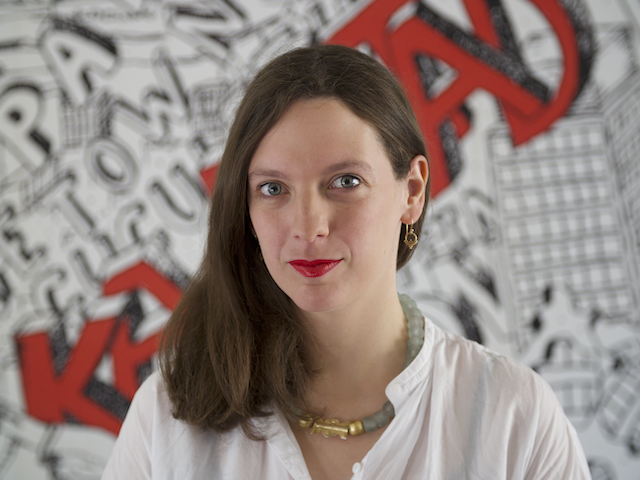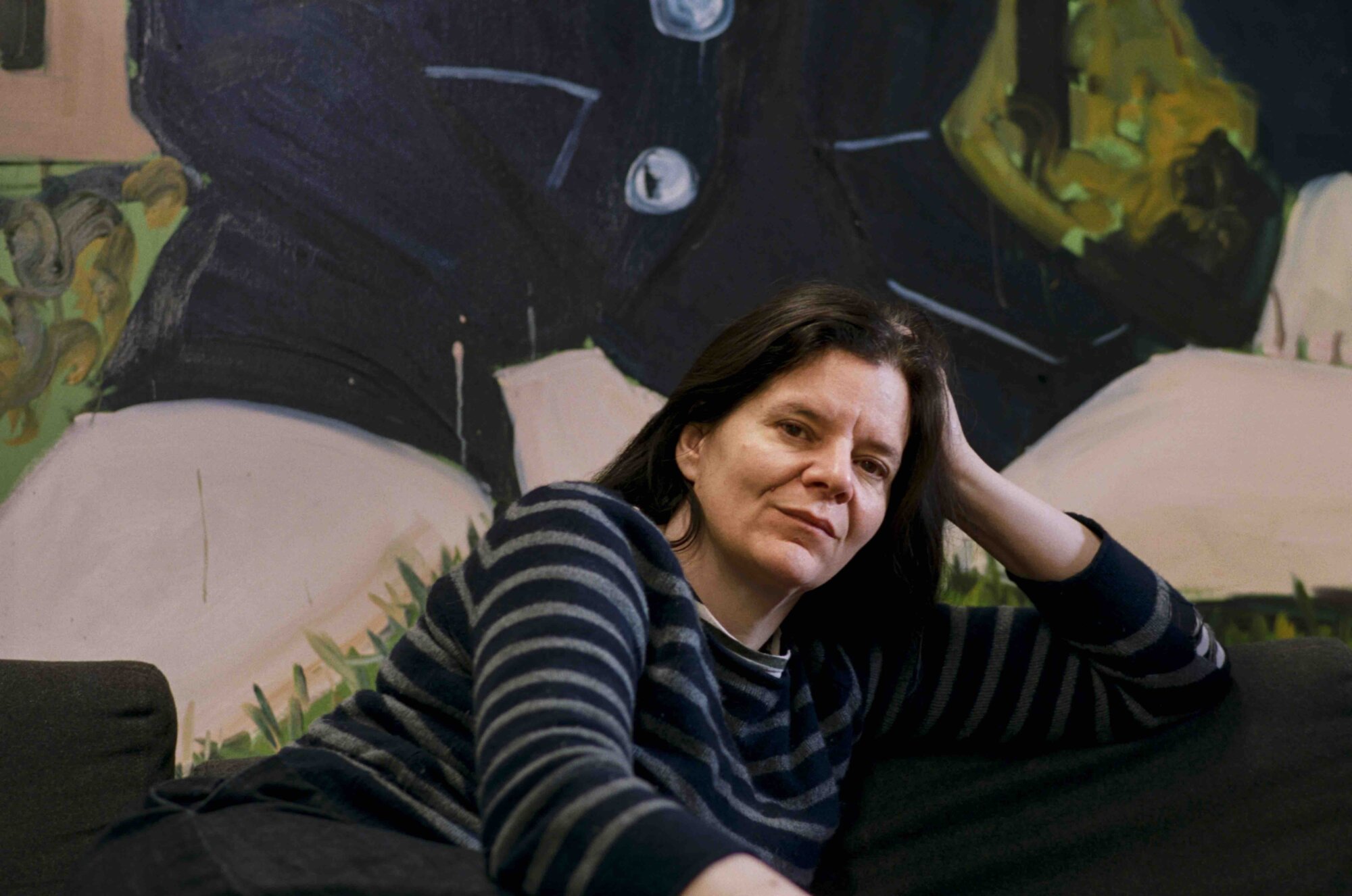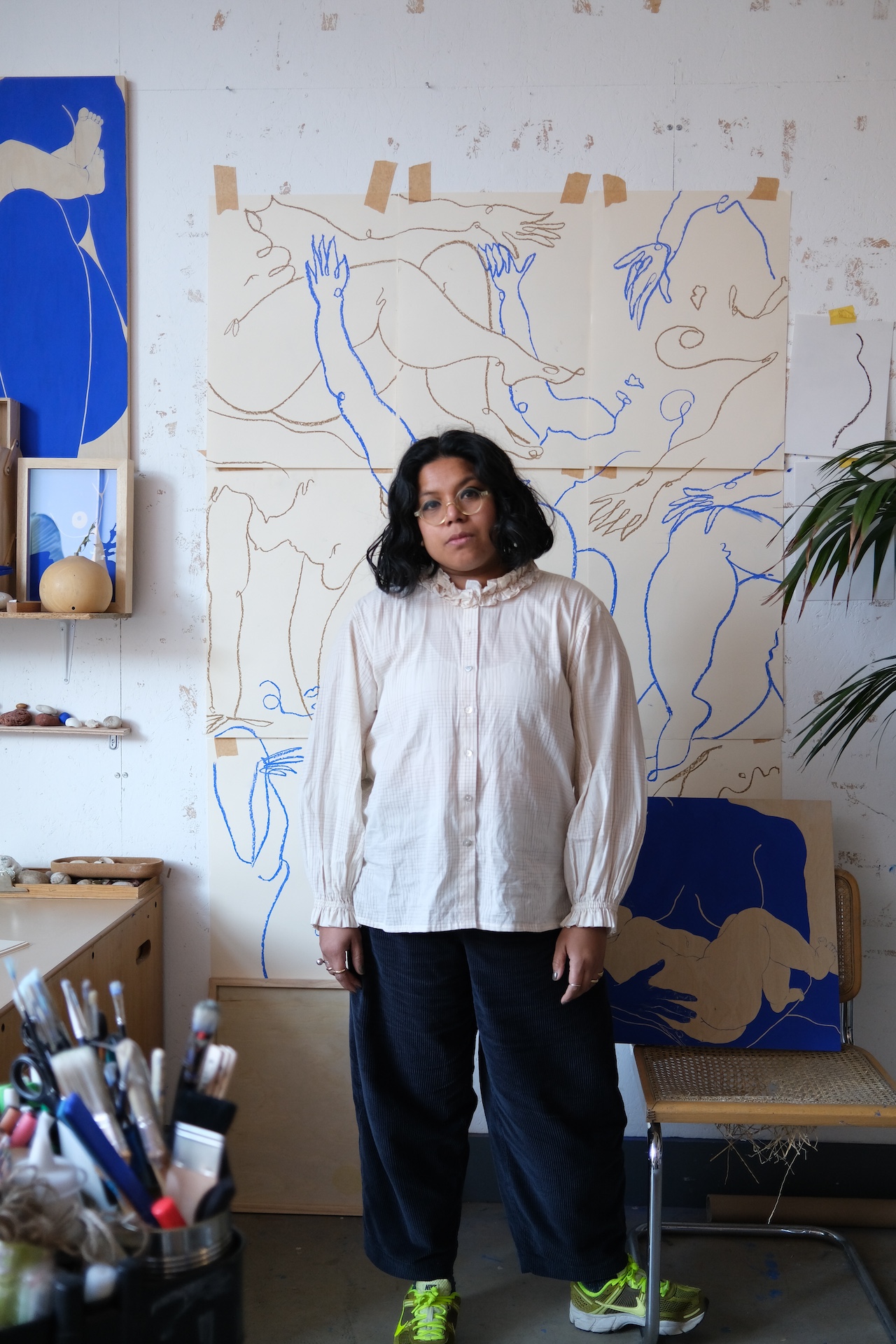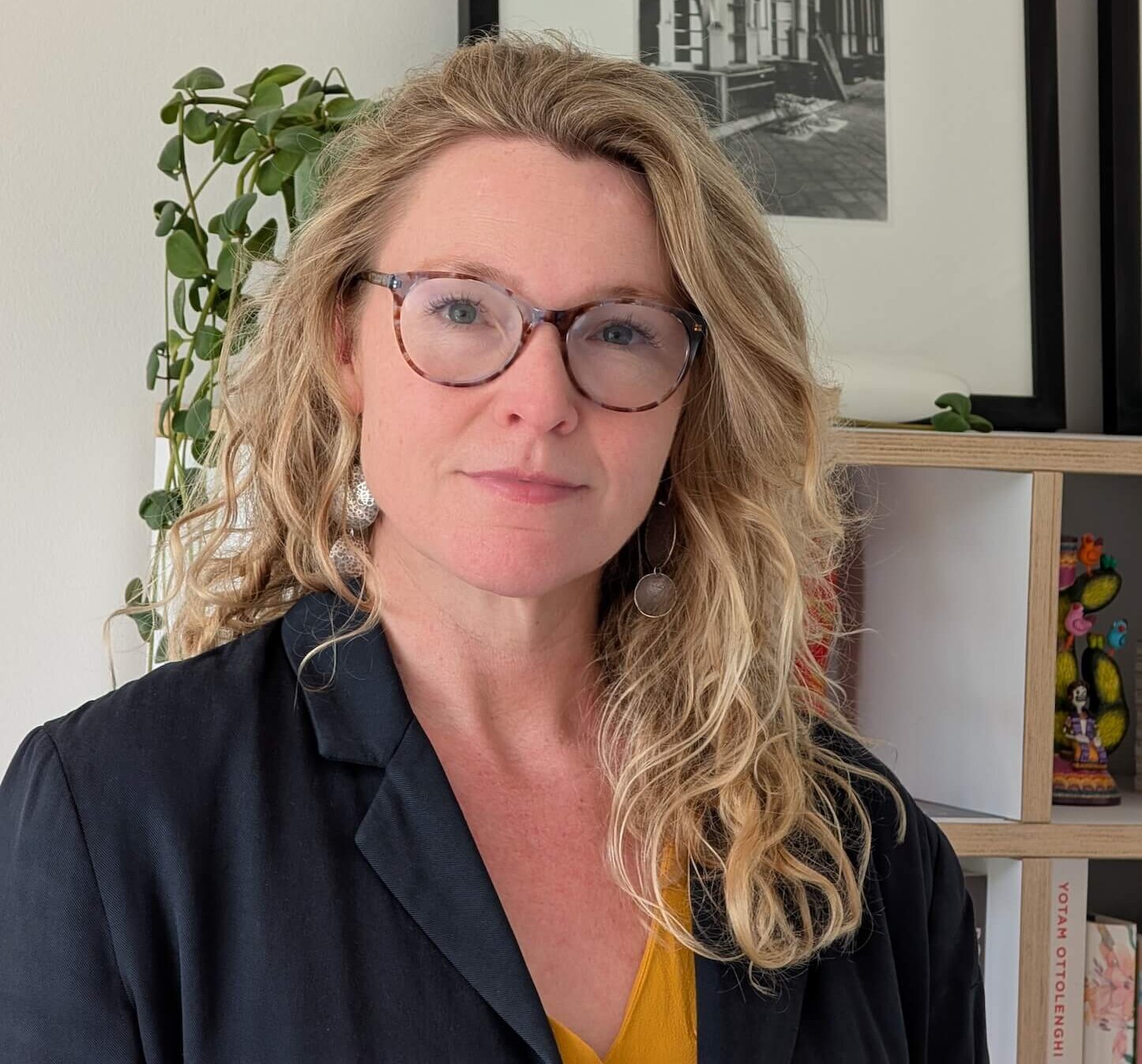

Interview Director of Architecture, Design, and Fashion at the British Council, Sevra Davis
THE WICK: What does a typical Monday look like for you?
Sevra Davis:
I am not sure there is a typical Monday, which I like, but if my schedule allows, I start the week and workdays generally with a walk in the park. I started walking before work during Covid and have tried to keep it up. I love being out in nature and picking up a coffee before sitting down at my laptop for the day.
At the moment, we have a 9am meeting every Monday to check-in on the installation of the British Pavilion exhibition in Venice, so the workday starts then. After that, I usually go into meetings about the projects and programmes I lead: an example would be a call with my British Council colleagues in West Africa as I just launched a residency opportunity with the Finnish Institute in West Africa for designers in the UK, Ghana and Nigeria.
I love that my job allows me to speak to people all over the world about their work and who and what inspires them. I try not to go to evening work events on Mondays, but there are so many inspiring events in the architecture, design, fashion and craft sectors and sometimes I can’t resist.
TW: As the Director of Architecture, Design, and Fashion at the British Council, how are you increasingly seeing these disciplines merge?
SD: It’s so interesting that we still think of these as separate disciplines and generally speaking, much of formal education still teaches people to think of them differently, though this is changing, which is exciting. The areas where I think we are seeing the most overlap and crossover are the commitment to sustainability and the responsible use of resources, materials and technology.
TW: You are the Commissioner of the British Pavilion at the 19th International Architecture Exhibition of La Biennale di Venezia, opening 10 May and running to November. Why is Venice so significant and what can visitors expect from this year’s pavilion?
SD:
The British Pavilion in Venice is a flagship initiative for the British Council, as part of our cultural relations mission to build connections, understanding and trust around the world. This year, the British Pavilion exhibition will focus on a curatorial collaboration between UK and Kenya, bringing a new dimension to the British Pavilion.
The Venice Biennale is one of the longest-running and most prestigious cultural festivals in the world and the UK is one of 65 countries presenting an exhibition in a National Pavilion. It’s worth noting that four countries, Azerbaijan, Oman, Qatar, and Togo, will be participating for the first time and I’m excited to see what they present.
Titled GBR: The Geology of Britannic Repair and curated by Kabage Karanja, Owen Hopkins, Stella Mutegi and Kathryn Yusoff, the British Pavilion explores not only how architecture has been linked to colonial agendas and systems of extraction but also – crucially – how architecture’s transformative and optimistic nature offers possibilities of a different future. It’s been a joy and honour to work with this team and I’m so excited for the opening later this week.
TW: How and why did the 2025 cross-cultural partnership between the UK and Kenya for the pavilion come about?
SD:
For over a decade now, the British Council has run the architecture commission for Venice as an open call to encourage more architects and curators to submit their ideas and to use the British Pavilion as a space for challenging the past, present and future of architecture.
In writing the open call for the 2025 British Pavilion and building on the success of the 2023 exhibition, ‘Dancing Before the Moon,’ I wanted to not only demonstrate how the British Pavilion could be a space for inspiring ideas and difficult conversations but also better connect the Pavilion to the British Council’s cultural relations mission.
As we at the British Council were planning a ‘Season of Culture’ between the UK and Kenya for 2025, I thought it would be an amazing opportunity to embolden collaborative proposals between the two countries. The idea was that the process of developing the exhibition itself should be a cross-cultural collaboration, showcasing ‘in real time’ what new thinking emerges when you invest in connecting across borders.
“Architecture’s transformative and optimistic nature offers possibilities of a different future.”

